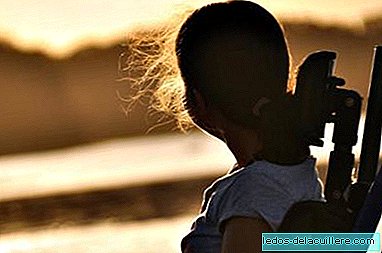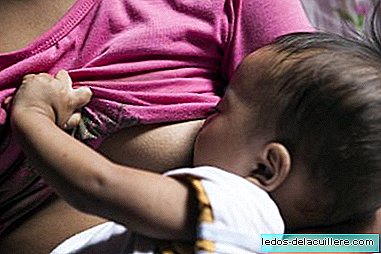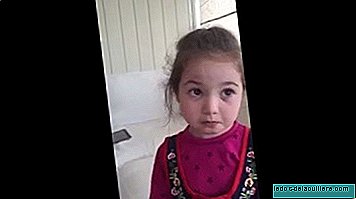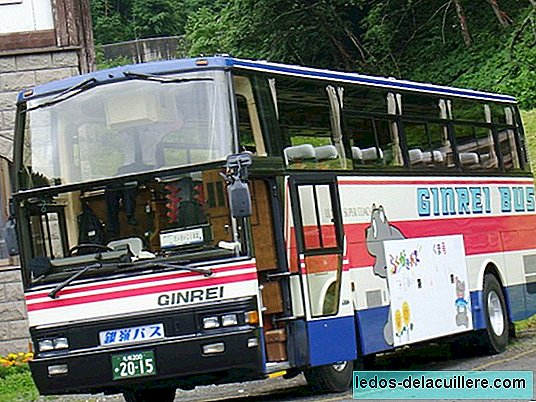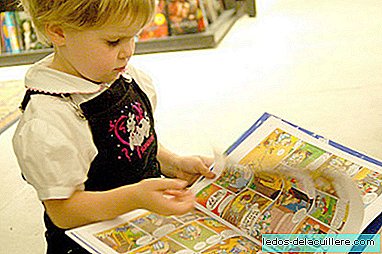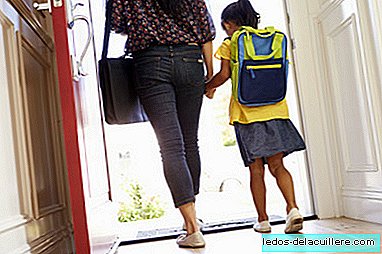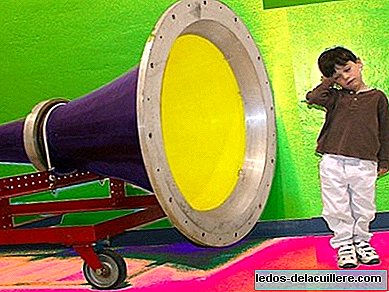
Having seen the ideal musical activities for babies, we go one step further and focus on the activities with music for children up to five years, in a way that leads them to enjoy music increasingly complex.
Music, conceived as a game, as fun, stimulates the child's senses, his motor skills, and makes him develop his artistic sensibility, among other undoubted benefits. Therefore, we encourage you to carry out these activities with the children, and any other that you can think of and have as protagonists music or children's songs.
Activities with music from one to two years
Most children begin to walk independently around 12 months, which expands the chances of "dancing" to the sound of music, although most are still insecure for a few months. Now children better understand the cause-effect relationship and are flexible in solving problems.
Activities: rhythmic games that require movements in space are very adequate, providing the child with greater control over the idea of proximity and separation of the adult. Our movements must be simple and consistent. The music chosen must have a rhythm appropriate to the rhythm of the child. They can perform simple dances with very basic structures such as forward, backward, stop ...
The characteristics of motor activity such as tempo, intensity ... vary significantly between songs or music and have a great relationship with the child's own temperament, or the time of day ...
Children between 18 months and two years present musical skills that evolve from purely rhythmic aspects to melodic vocal broadcasts. They also naturally relate the music to the movement of the body (we have already seen that babies are born programmed for the dance), and they always sing along with movements.
Two to three years
Children at this stage walk safely and run steady before the age of three. They go up and down steps one by one, open doors, jump, at thirty months they go up stairs alternating feet. The intonation and intensity acquire relevance and are related to the mood of the child (and ours), being able to choose different types of music.
Activities: those activities that generate in the child an idea of unity and basic structure for its development are recommended, such as learning and remembering simple dance steps; recognize different rhythms percussed with the hands or heard through the recorded music; distinguish changes in voice intensity or when playing an instrument; differentiate some timbres such as drum sounds or sounds from other string or wind instruments; Accompany the song with a musical instrument of small percussion.
Musical activities for children from three to five years
Children at this age learn full texts of songs, with gestures, clapping ... and begin to make conventional use of musical instruments. They can repeat melodic schemes and recognize melodies of songs learned with text, only by listening to the melody. They recognize the pause, the tempo and intensity of a musical proposal.
Activities: As for the movement, it is important to make them differentiate between different rhythms, the race, the walk and the jump or jog, in addition to the pause by the adult playing a tambourine or drum and doing different rhythms. Many songs of the ubiquitous Sing games These possibilities exploit, just like those of most children's groups.
It is also interesting to sing with them in a refined way, songs that make them learn concepts such as up, down, slow fast, body parts ... At school they will have learned a good repertoire of songs, we ask teachers to leave us a copy of The lyrics and / or the music.
Finally, we emphasize that the activities of the previous stages are not stopped, but that they add to the new ages and their difficulty is increased. Thus we have almost infinite resources of activities with music for children, who will increasingly appreciate this art and surprise us with its capabilities.



